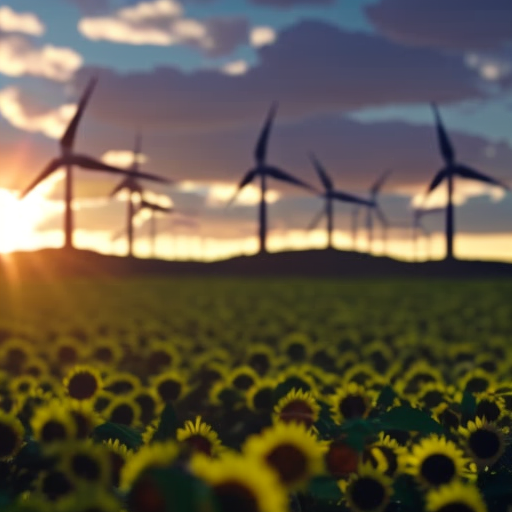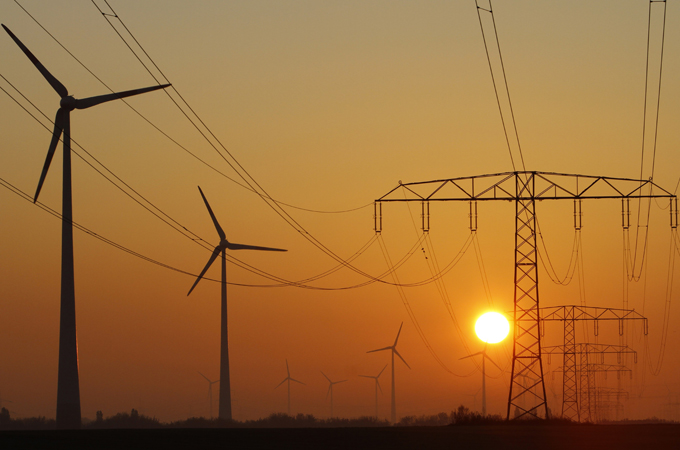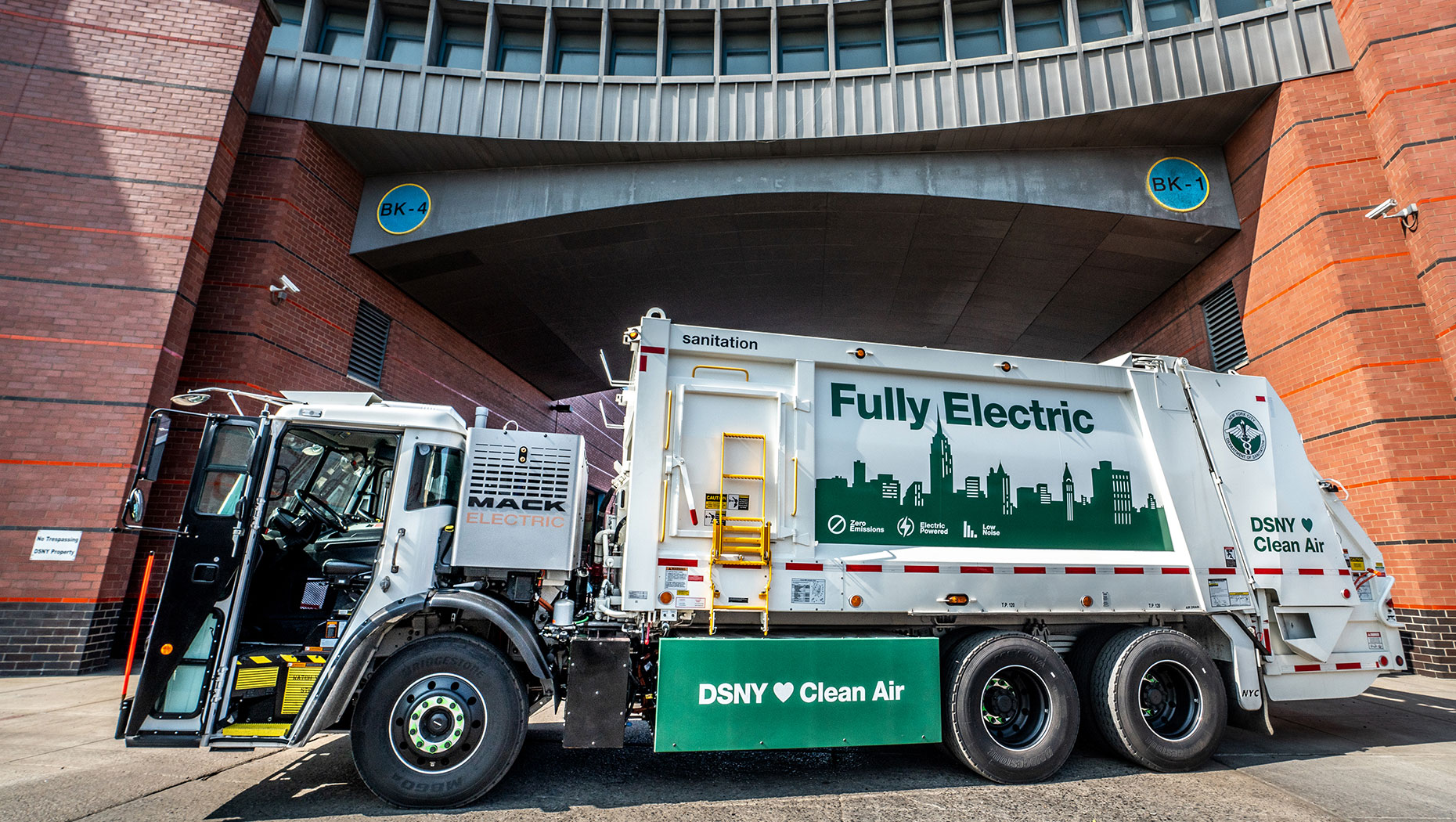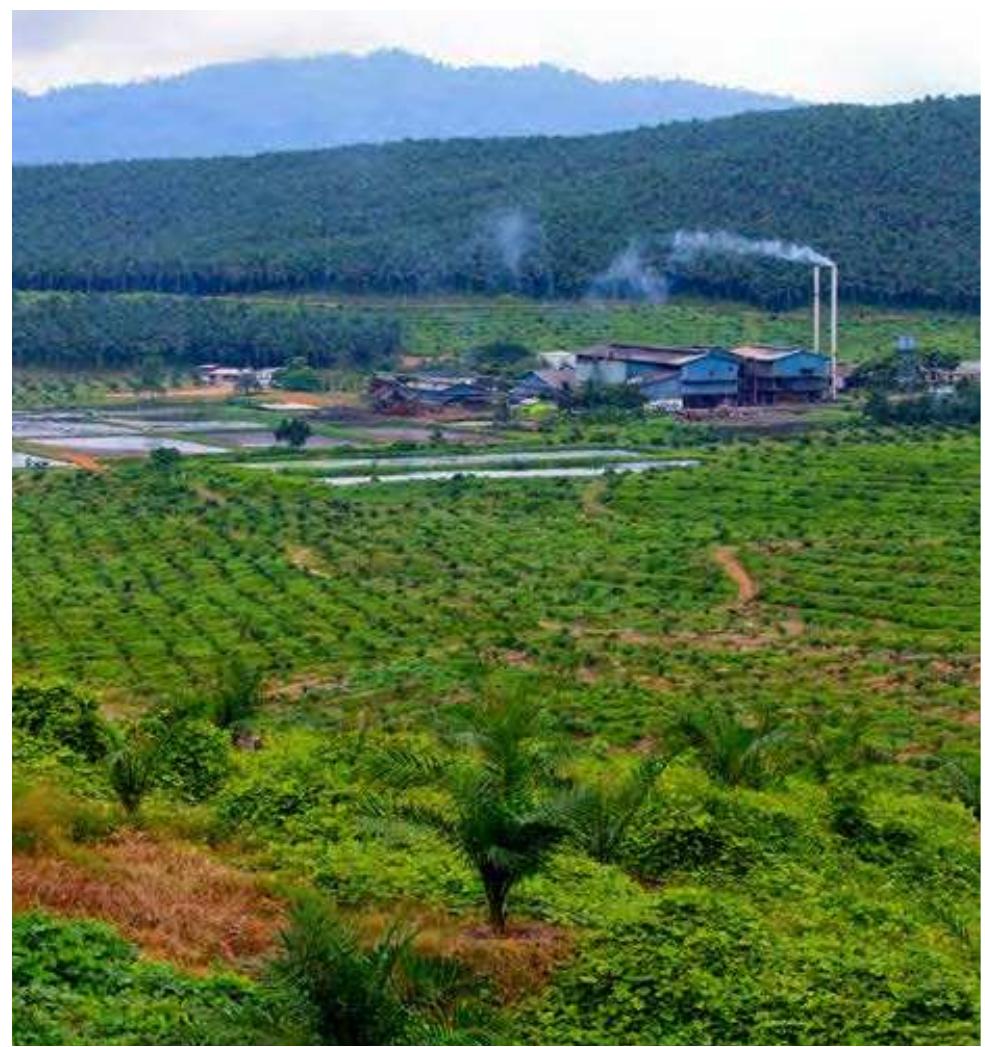
Sustainable Development Goals (SDGs) and the Transition to Clean Energy in the United States
Introduction
For the first time, clean energy in the United States is at the same price as energy from burning fossil fuels thanks to policy measures, including President Joe Biden’s signature climate legislation, the Inflation Reduction Act (IRA). But a new report says non-cost barriers are now slowing the country’s transition to renewables.
Assessing Progress in Clean Investment
The report, released in February by the Clean Investment Monitor, analysed different modelling scenarios and found that the IRA is expected to meet its goal of reducing GHG emissions by roughly 40 percent by 2030.
Passed in 2022, the IRA is the largest investment to address the climate crisis ever passed in the US. The investment is significant in a country that is one of the world’s largest contributors to GHG emissions. (China, the US and India are the world’s top three emitters.)
The report found that electric vehicle sales were at the top of the projected range in 2023, and investment in utility-scale clean electricity reached record levels last year. However, factors like local opposition to renewables and long delays in grid connection are slowing the pace of the clean energy transition.
Challenges and Opportunities
Trevor Houser, one of the lead authors of the report, said two decades of policy work, including the passing of the IRA, have reduced the cost of clean energy to the point that it is competitive with coal and fossil gas (called “natural gas” by the fossil fuel industry), and can be deployed without increasing prices for households and businesses.
“It’s exciting to see those two decades of work paying off and these new, cleaner technologies having achieved a level of cost reduction and a point of scale where they can be widely deployed,” Houser said.
Now, the only issue is the speed of the transition. In the last two years, high inflation and supply chain issues led to temporary price increases. “That appears to be correcting now,” Houser said.
The bigger obstacles, he said, are ramping up manufacturing, connecting transmission lines, and addressing growing opposition to renewables.
Opposition to Renewables
The area of land needed to deliver solar and wind power is much larger than coal or fossil gas plants, leading to tension when homeowners and other groups hear of renewable projects proposed nearby.

“People are supportive of wind and solar, generally, but just don’t want it right next to them,” Houser explained. “The way that a lot of homeowners are very supportive of homeless shelters just as long as it’s not on their block.”
But this NIMBYism, an acronym for “not in my backyard” that reflects the opposition of residents to developments in the vicinity of their homes, is not isolated to a few corners of the country. A 2023 report by the Sabin Center for Climate Change Law at Columbia Law School found organised opposition in 35 states, resulting in at least 228 significant local restrictions against wind, solar and other renewable energy facilities.
The report found that nearly 300 projects had encountered serious opposition, ranging from letter-writing campaigns to lawsuits.
“Delays from litigation alone can kill a project,” noted Matthew Eisenson, the report’s author and senior fellow at the Renewable Energy Legal Defense Initiative at the Sabin Center for Climate Change Law.
While some concerns are rooted in impacts to tribal lands, resources and sacred sites, known as “green colonialism”, Eisenson said opposition from tribes affects only a small percentage of renewable energy projects.
Instead, he said, most complaints about clean energy projects are from non-Indigenous communities with concerns about visual impacts, community character, impacts on property values and loss of agricultural land. The most intense opposition can be found in the Midwest, especially Ohio and Michigan, and parts of the South, including Virginia, according to Eisenson’s research.
Opposition has been especially effective at the municipal level, where town and county boards are staffed by common citizens who aren’t experts in energy policy, he said. Often it only takes a small number of people to show up at meetings to block a project. “But that’s not to say that a majority of people in all these communities actually support stopping projects,” Eisenson said.
Opponents have successfully passed not only local bans but also state laws. Eisenson pointed to Ohio, where a state law enacted in 2021 allows counties to establish restricted areas where wind and solar projects are banned. At least 16 counties have since established restricted areas on solar farms.
Offshore wind, especially, has faced fierce opposition from non-environmental groups, and it is “the area where we see the highest correlation between misinformation and opposition,” Eisenson said. “There has been a concerted misinformation campaign to tie whale beachings to offshore wind development and exploration.”
Eisenson is concerned that all this pushback is having a significant impact on the rollout of renewables. “There’s still a big question mark about how much of this infrastructure actually gets built,” he said.
Referring to the NIMBYism, Houser said the question is when to put the collective interest of the climate over the interest of the individual. “The challenge now for policymakers is, can they prioritise rapid construction to clean energy for climate relative to some other issues when there are trade-offs?” he said.
Backlogged Grid
Another major obstacle that’s slowing the renewable transition is a backlog in connecting clean energy to the grid.
The grid is the transmission system that moves power across long distances towards cities, where local distribution brings power to homes and businesses. But delays have emerged as new projects ask to be connected to the grid, explained Lori Bird, director of US Energy for the World Resources Institute, a global research organisation.
New projects must apply to connect to the grid. “They
SDGs, Targets, and Indicators
SDGs Addressed:
- SDG 7: Affordable and Clean Energy
- SDG 9: Industry, Innovation, and Infrastructure
- SDG 11: Sustainable Cities and Communities
- SDG 13: Climate Action
Targets Identified:
- SDG 7.2: Increase the share of renewable energy in the global energy mix
- SDG 9.4: Upgrade infrastructure and retrofit industries to make them sustainable
- SDG 11.4: Strengthen efforts to protect and safeguard the world’s cultural and natural heritage
- SDG 13.2: Integrate climate change measures into national policies, strategies, and planning
Indicators:
- Electric vehicle sales reaching record levels
- Investment in utility-scale clean electricity reaching record levels
- Local opposition to renewables
- Delays in grid connection for clean energy projects
- Organized opposition to renewable energy facilities in 35 states
- Number of significant local restrictions against wind, solar, and other renewable energy facilities
- Number of renewable energy projects encountering serious opposition
- Delays from litigation impacting renewable energy projects
- Concerns about visual impacts, community character, property values, and agricultural land loss related to clean energy projects
- State laws and local bans restricting wind and solar projects
- Opposition to offshore wind and misinformation campaigns
- Backlog in connecting clean energy to the grid
- Length of study processes for interconnection agreements
- Impact of Federal Energy Regulatory Commission (FERC) rules on speeding up the connection process
Table: SDGs, Targets, and Indicators
| SDGs | Targets | Indicators |
|---|---|---|
| SDG 7: Affordable and Clean Energy | SDG 7.2: Increase the share of renewable energy in the global energy mix | – Electric vehicle sales reaching record levels – Investment in utility-scale clean electricity reaching record levels |
| SDG 9: Industry, Innovation, and Infrastructure | SDG 9.4: Upgrade infrastructure and retrofit industries to make them sustainable | – Backlog in connecting clean energy to the grid – Length of study processes for interconnection agreements – Impact of FERC rules on speeding up the connection process |
| SDG 11: Sustainable Cities and Communities | SDG 11.4: Strengthen efforts to protect and safeguard the world’s cultural and natural heritage | – Local opposition to renewables – Organized opposition to renewable energy facilities in 35 states – Number of significant local restrictions against wind, solar, and other renewable energy facilities – Number of renewable energy projects encountering serious opposition – Delays from litigation impacting renewable energy projects – Concerns about visual impacts, community character, property values, and agricultural land loss related to clean energy projects – State laws and local bans restricting wind and solar projects – Opposition to offshore wind and misinformation campaigns |
| SDG 13: Climate Action | SDG 13.2: Integrate climate change measures into national policies, strategies, and planning | – Local opposition to renewables – Delays in grid connection for clean energy projects |
Behold! This splendid article springs forth from the wellspring of knowledge, shaped by a wondrous proprietary AI technology that delved into a vast ocean of data, illuminating the path towards the Sustainable Development Goals. Remember that all rights are reserved by SDG Investors LLC, empowering us to champion progress together.
Source: aljazeera.com

Join us, as fellow seekers of change, on a transformative journey at https://sdgtalks.ai/welcome, where you can become a member and actively contribute to shaping a brighter future.






